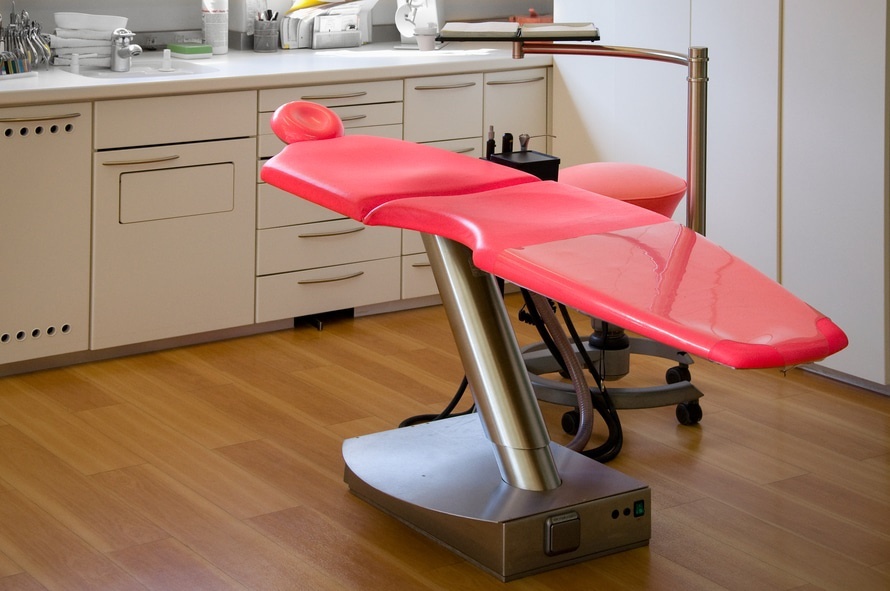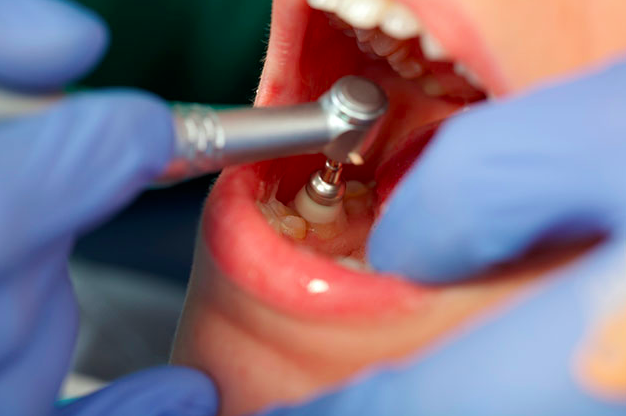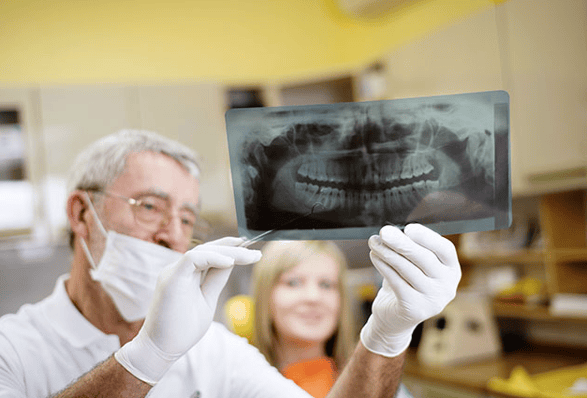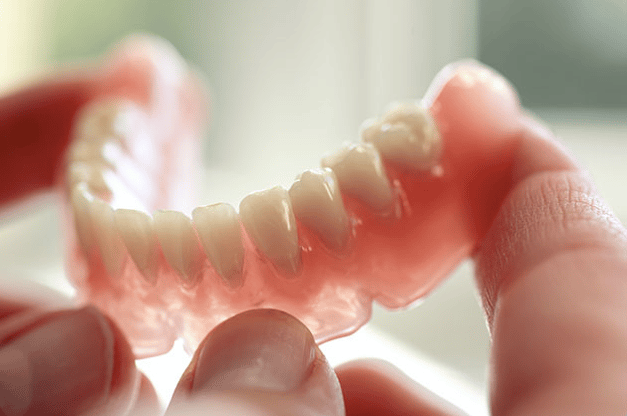
The dental profession has truly come a long way from its origin. Just imagine, centuries ago, the most common dental work involved removing a sore tooth with pliers and without anesthesia. From there, the focus of dental care became replacing naturally disappearing teeth with cosmetic replacements when possible.
Today, the main goal of every dentist and oral hygienist is to do whatever they can to help you protect your natural teeth and to maintain your oral health while preserving your smile.
To accomplish that goal, dental professionals rely on an increasingly high-tech arsenal of tools and procedures designed to clean, strengthen, and protect teeth against the rigors of daily use and (sometimes) abuse, and to repair damage when possible. Here are some of the most common dental procedures performed today by dental professionals worldwide:
Routine cleanings

A routine professional cleaning of teeth is recommended once every six months for most people. It generally takes about 30 minutes and involves a hygienist using various tools to remove any buildup of plaque or calculus from the surface of the teeth, and then polishing the newly cleaned surfaces with an industrial power toothbrush.
Routine cleanings will often include additional services as needed, such as fluoride treatments, and flossing, as well as an opportunity for the patient to ask and answer questions regarding their oral hygiene habits and what improvements can be made.
Finally, the cleaning is usually combined with a routine dental examination.
Routine examination and X-rays

Often, at the end of a routine cleaning, the dentist will come in and do a visual inspection of the teeth and gums in conjunction with a discussion with the patient and the hygienist based on what (if anything) was discovered during the cleaning.
This examination will usually be accompanied by X-rays at least once a year, or more often if the dentist sees the need to explore deeper into a particular tooth or area of the jaw. The exam should identify any cavities, signs of gum disease, or other concerns, and it gives the patient an opportunity to discuss treatment options with the dentist.
Extractions
"A routine professional cleaning of teeth is recommended once every six months for most people. It generally takes about 30 minutes."
Although they’re no longer handled without pain medication, teeth do still need to be extracted for various reasons.
Simple extractions are usually handled by the dentist using local anesthetic, and are a quick, outpatient procedure. More complex extractions (sometimes including the common extraction of the wisdom teeth) may require the services of an oral surgeon and may even require general anesthesia and a brief hospital stay.
The most common reasons for tooth extraction is trauma that has damaged a tooth beyond repair or decay that has not been treated early or effectively enough to save the tooth.
Restorative work

Several different common dental procedures fall under the blanket description of restorative work, but all of them are designed to accomplish the same basic purpose: to improve or maintain the functionality of the natural teeth that remain in the mouth by protecting and strengthening them in various ways.
- Fillings - small “patches” made of durable metal, ceramic, or plastic designed to fill a treated cavity or fracture, and therefore stabilize and strengthen a damaged tooth
- Bonding - the application of a thin, white filling material to the surface of a tooth to improve its appearance
- Caps and crowns - artificial metal or porcelain coverings that are installed over existing teeth to enhance the biting and chewing surfaces and to restore whiteness
- Veneers - thin, porcelain shells designed to cover the front surface of the teeth to hide cosmetic issues like discoloration and mild chipping.
- Bridges - a series of crowns and/or artificial teeth built to “bridge” a gap in the natural line of teeth to improve biting and chewing functionality and appearance.
- Implants - an artificial tooth that is individually screwed into the jaw bone as a strong, theoretically permanent, replacement for natural teeth
- Dentures - a full or partial set of replacement teeth designed to look natural when installed, but to be removable
- Whitening - the chemical treatment of teeth in order to remove discoloration and stains and/or enhance their natural whiteness
Disease treatment
Other common dental procedures involve treatment for oral diseases and conditions that plague many people today:
- Root canals - the removal of a diseased tooth root in order to stop the spread of infection
- Cavity drilling - the removal of dead or dying material from a tooth to prevent further decay from spreading and eventually destroying the entire tooth
- Gingivitis treatment - the diagnosis and treatment of periodontal (gum) disease, usually using antibiotics.
- Enamel degradation treatment - the treatment of enamel degradation (tooth softening) through a combination of lifestyle changes and restorative treatments such as bonding and sealants.
In all these cases, from the most routine to the most complex procedure, the average modern dentist and hygienist is well skilled and experienced to handle these issues. However, to allow them to do so, it’s vital to visit the dentist regularly and discuss any changes to your oral health as soon as possible so they can provide the assistance you need.
If cost tends to get in the way of securing standard dental care, remember that a discount dental plan like Dental Solutions can provide significant discounts on all of these common dental procedures and more. Find out more about how you can save on dental care today.

